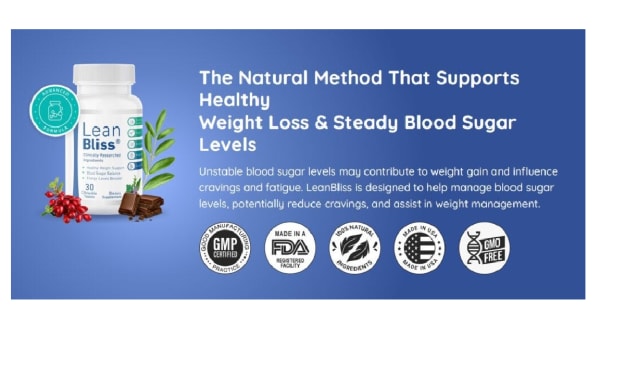The Ultimate Guide to Setting Up a WordPress Website from Scratch
WordPress Website

Introduction
Creating a website from scratch can seem like a daunting task, especially if you're new to web development. However, with the right tools and guidance, building a WordPress website from the ground up can be a rewarding and empowering experience. In this comprehensive guide, we will walk you through the step-by-step process of setting up a WordPress website from scratch, covering everything from domain registration to website launch. Let's get started!
1. Defining Your Website's Purpose
Before diving into the technical aspects of setting up a WordPress website, it's crucial to define the purpose of your site. Are you starting a personal blog, an e-commerce store, a portfolio website, or a business site? Understanding your website's goals will help you make informed decisions throughout the setup process and ensure that your site aligns with your vision.
2. Choosing a Domain Name and Hosting Provider
The first step in building a WordPress website is selecting a domain name. Your domain name is your website's address on the internet, so choose something memorable and relevant to your niche. Once you have a domain name in mind, it's time to choose a hosting provider. Look for a reliable hosting service that offers good performance, security features, and excellent customer support.
3. Installing WordPress
With your domain and hosting set up, it's time to install WordPress. Many hosting providers offer one-click WordPress installations, making the process incredibly simple. Alternatively, you can manually install WordPress by downloading the latest version from WordPress.org and uploading it to your server.
4. Choosing a Theme
WordPress themes control the overall design and layout of your website. There are thousands of free and premium themes available, catering to various industries and styles. Choose a theme that complements your website's purpose, is responsive, and provides the customization options you need.
5. Essential Plugins for Functionality
Plugins are the backbone of WordPress, allowing you to add features and functionality to your site without writing a single line of code. Some essential plugins to consider include:
Yoast SEO - Helps optimize your site for search engines.
Jetpack - Offers security, performance, and analytics tools.
WooCommerce - Transforms your site into a fully functional online store.
Contact Form 7 - Allows you to create contact forms easily.
6. Customizing Your Website
With your theme and essential plugins in place, it's time to customize your website. WordPress's built-in Customizer makes it simple to change colors, fonts, and other design elements. Additionally, you can use page builders like Elementor or Beaver Builder to create unique layouts and designs without any coding knowledge.
7. Creating Pages and Content
Start building the core pages of your website, such as the homepage, about page, contact page, and any other necessary sections. Craft high-quality and engaging content that resonates with your target audience. Remember to keep your content concise, relevant, and visually appealing.
8. Understanding WordPress Security
Securing your WordPress website is crucial to protect it from potential threats and attacks. Regularly update WordPress, themes, and plugins to the latest versions to patch any vulnerabilities. Use strong passwords and consider implementing two-factor authentication. Additionally, installing a security plugin can add an extra layer of protection.
9. Search Engine Optimization (SEO) for WordPress
Optimizing your website for search engines is essential to improve its visibility in search results. Use the Yoast SEO plugin to optimize individual pages and blog posts for specific keywords. Focus on creating valuable and shareable content that naturally attracts backlinks and improves your site's search engine ranking.
10. Launching Your Website
Before launching your website, conduct thorough testing to ensure that all links, forms, and interactive elements are working correctly. Check the site's responsiveness on different devices to guarantee a seamless user experience. Once you're confident everything is in order, it's time to launch your WordPress website and share it with the world.
Conclusion
Building a WordPress website from scratch may seem intimidating, but with this ultimate guide, you have all the steps and tools you need to create a stunning and fully functional website. Remember to define your website's purpose, choose a domain and hosting provider, install WordPress, customize your site, and focus on security and SEO. By following these steps and continuously updating and improving your website, you can establish a successful online presence that reaches and engages your target audience. Happy website building!





Comments
There are no comments for this story
Be the first to respond and start the conversation.